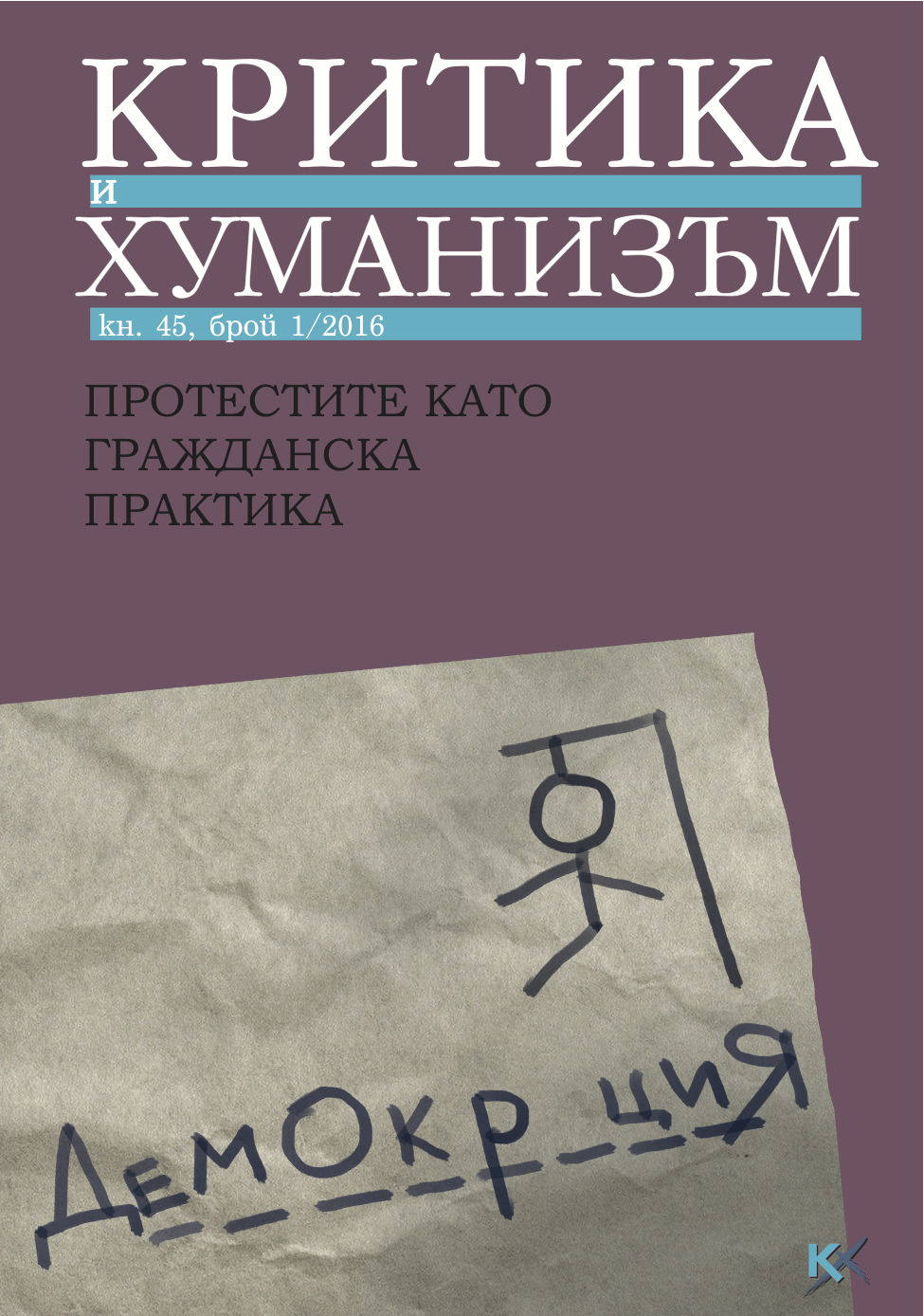От неуспешна мобилизация на младежта към патерналистично визуализиране на Путин: неравният път на младежкото движение „Наши“
From Failed Mobilization of Youth to Paternalistic Visualization of Putin: The Rocky Road of the Nashi Youth Movement
Author(s): Jussi LassilaSubject(s): History, Anthropology, Social Sciences, Cultural history, Sociology, Local History / Microhistory, Political history, Social history, Cultural Anthropology / Ethnology, Sociology of Culture, Transformation Period (1990 - 2010), Present Times (2010 - today), Sociology of Politics
Published by: Фондация за хуманитарни и социални изследвания - София
Keywords: Russia; youth movements; Putin; discourse; Nashi;Set’
Summary/Abstract: This article examines the pro-Kremlin youth movement Nashi (2005-2012) – the hitherto largest youth organization since the Soviet-era Komsomol – in order to elucidate the background of changes that have appeared in the Kremlin’s symbolic politics since 2012. Nashi’s disappearance from Russia’s political scene by the summer of 2012 can be seen as an elementary part of the crisis that the Kremlin faced with the large-scale protests that shook Russia’s major cities in the winter of 2011/2012. However, Nashi’s negative image did not fi rst appear in Russia with Putin’s decreased popularity and the beginning of the large-scale protests; rather, such a negative image has been manifested throughout the existence of pro-Kremlin youth formations supporting Putin’s political leadership, before and after Nashi. Rather than demonstrating a well-planned and calculated insistence on patriotism and moral conservatism, the history of the whole pro-Putin youth movement indicates that it has continuously struggled with its public image ever since its idol, President Putin, appeared in Russia’s political arena. By focusing on Nashi’s online writings as its major voice, the author exemplifi es the basic and unsolved dilemma of governmental mobilization – the tension between didactics and stimulation – that is crystallized in the movement’s political communication. After that, in a short excursion on Nashi’s successor, the project Set’, the author’s aim is to pinpoint how the ‘exit’ from Nashi’s communicative dilemma, in line with the Kremlin’ssymbolic politics since 2012, appears as a proliferation of Putin’s personality.
Journal: Критика и хуманизъм
- Issue Year: 2016
- Issue No: 45
- Page Range: 9-29
- Page Count: 20
- Language: Bulgarian
- Content File-PDF

